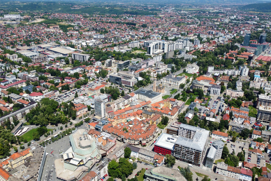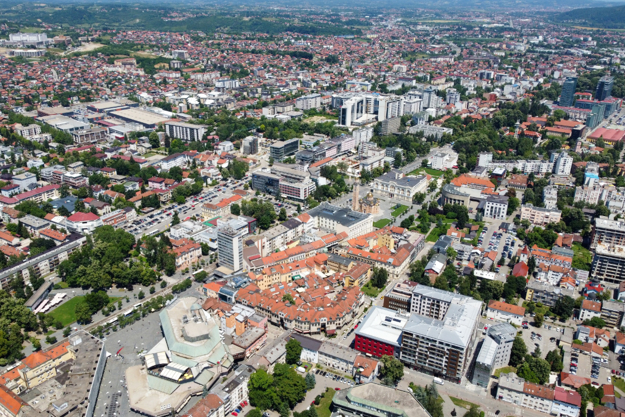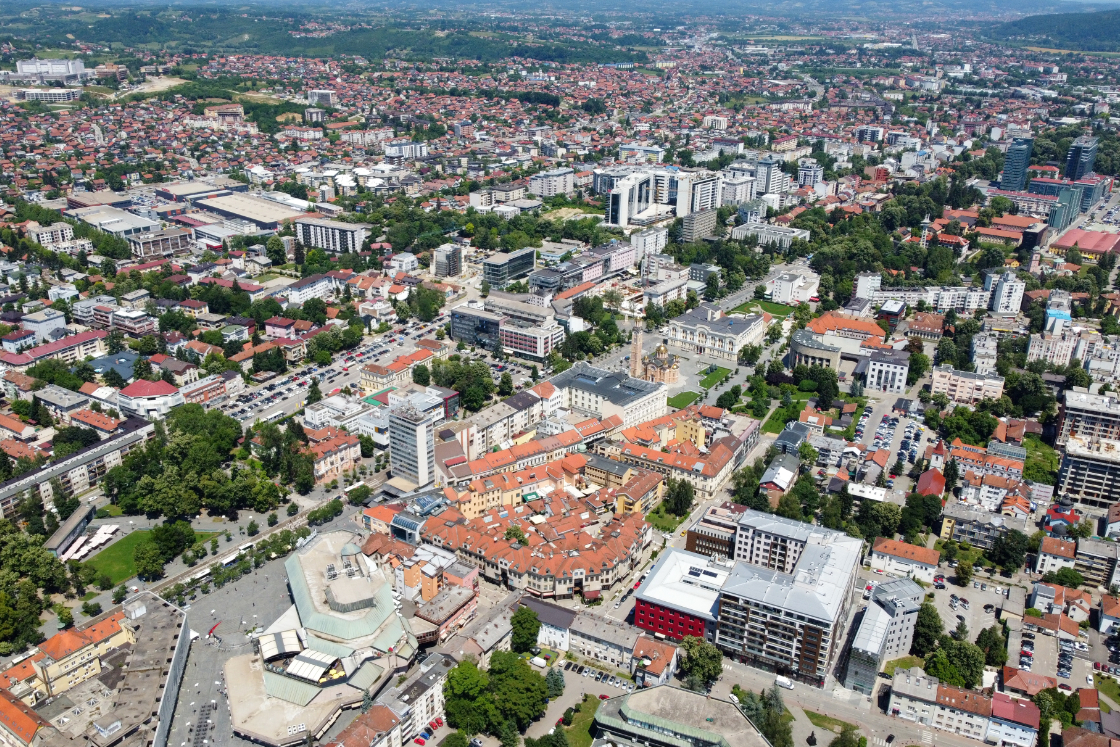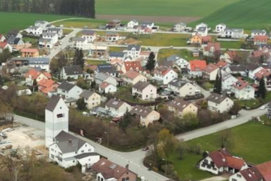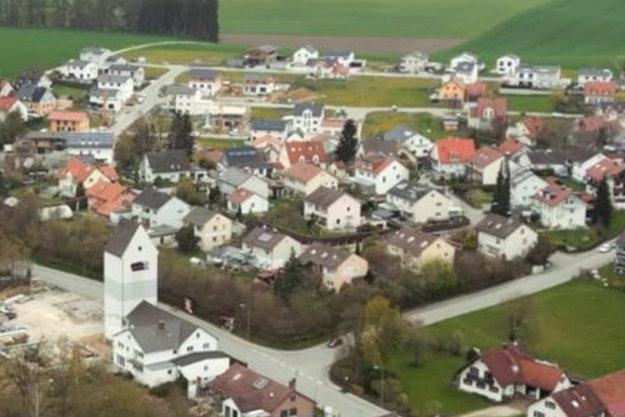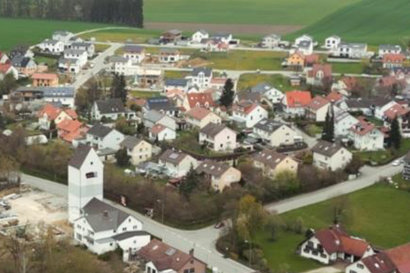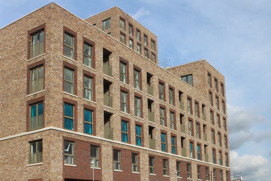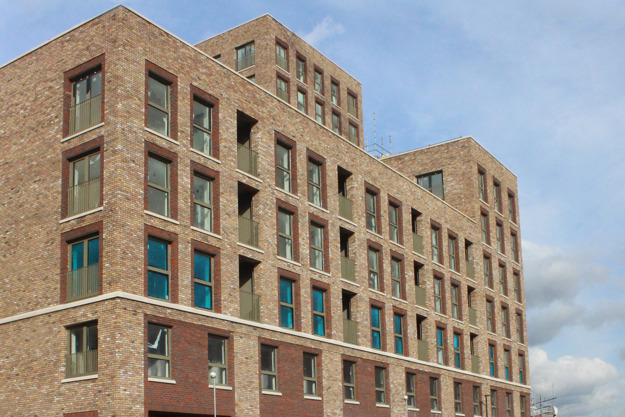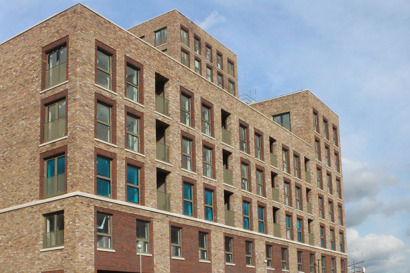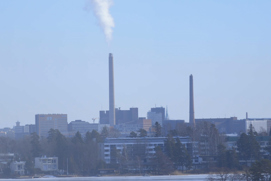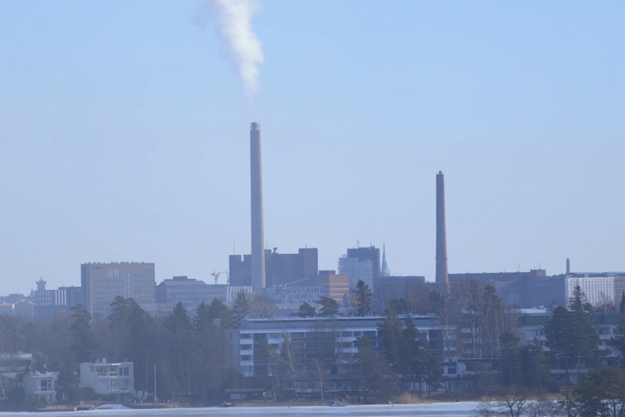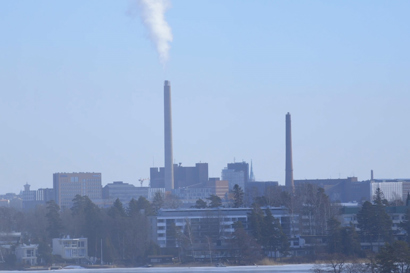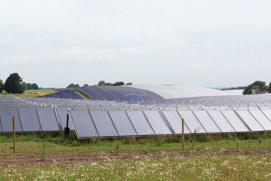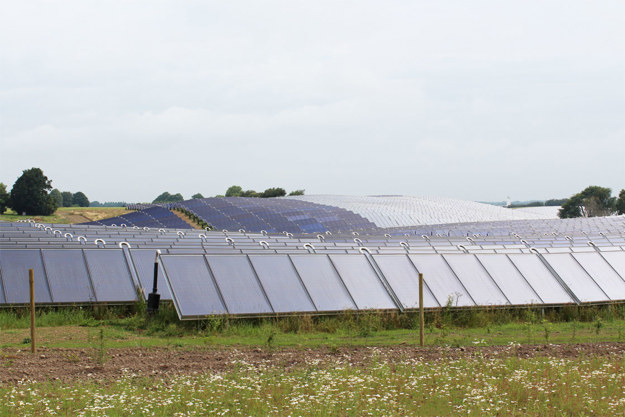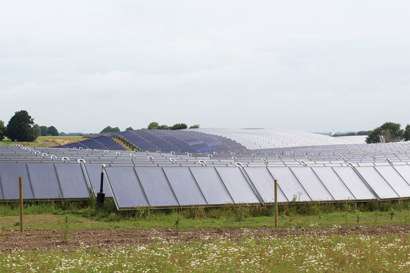Pressure and differential pressure relief controllers consist of a valve and a pressure actuator. Primarily used to limit a pressure (A) or differential pressure (PA) over a system/substation/pump.
Controllers are normally closed: AV(P)A due to a normally closed valve and AF(P)A due to a stretching spring.
Pressure and differential pressure relief controllers are primarily installed into a bypass. They can be used to enable heat power distribution to other network connections or idle flow in case the connection(s) close(s) completely.
Pressure and differential pressure relief controllers can protect variable flow pumps from overload in the event that flow falls below minimum pump capacity. They relieve pump/application and forward heat power to other connections.
A pressure relief controller can also be installed into the return to maintain a higher desired (static) pressure in the system.
Features and benefits
Relieve pump/application and forward heat power to other connections safely
Made for demanding systems, resistant to corrosion, cavitation and dirt
Connected system is protected against pressure surges, fluctuations, cavitation and noise

Differential pressure and flow controllers in district heating or cooling systems (variable flow)
Balance your network, save energy and improve end user comfort by hydronic balancing and control of district energy networks.
Tools and apps
FAQ
Case studies
-
if (isSmallPicture) {


 Danfoss partners with the city of Banja Luka to decarbonize district energy
Danfoss partners with the city of Banja Luka to decarbonize district energyThe Challenge: Renovate 34 of the city’s largest heating substations
The Solution: Danfoss Leanheat® Monitor enables full substation digitalization
The Results: reduced heat consumption by 10% -
if (isSmallPicture) {


 Successful transition from oil boilers to a local heating network in Eurasburg
Successful transition from oil boilers to a local heating network in EurasburgIn the Wittelsbacher Land near Augsburg the local network in Eurasburg supplies heat to 80 buildings using a wood chip heating system. Danfoss’ substations ensure efficient heating in all building types, and its modern SCADA solution enables remote system monitoring and management.
-
if (isSmallPicture) {


 Intelligent optimisation of district energy in new residential apartments
Intelligent optimisation of district energy in new residential apartmentsTwo new build apartments in Docklands, London and Newbury Racecourse, Berkshire have been equipped with intelligent Danfoss solutions, bringing increased control and stability as well as greater than 20% peak energy reduction.
-
if (isSmallPicture) {


 Leanheat makes buildings smart
Leanheat makes buildings smartIn Europe, 30 percent of all energy consumption goes to heat or cool buildings. Danfoss has the solution to lower energy usage and improve indoor climate by adding a digital element: Leanheat software.
-
if (isSmallPicture) {


 A cost-effective solution: district cooling in central Copenhagen
A cost-effective solution: district cooling in central CopenhagenEnergy efficiency was a major consideration in the design of Copenhagen’s district cooling project, where VLT® drives contribute to reducing CO2 emissions by more than 3000 t annually.
-
if (isSmallPicture) {


 Solar heating plant reduces CO2 emissions by 15,700 tonnes annually
Solar heating plant reduces CO2 emissions by 15,700 tonnes annuallyThe world’s largest solar heating plant in Silkeborg, Denmark harnesses energy to heat the homes and workplaces of 40,000 citizens. It supplies 18-20% of the annual heat consumption in the city of Silkeborg, Denmark, which has an ambitious target of CO2 neutrality in heat production by the year 2030.


